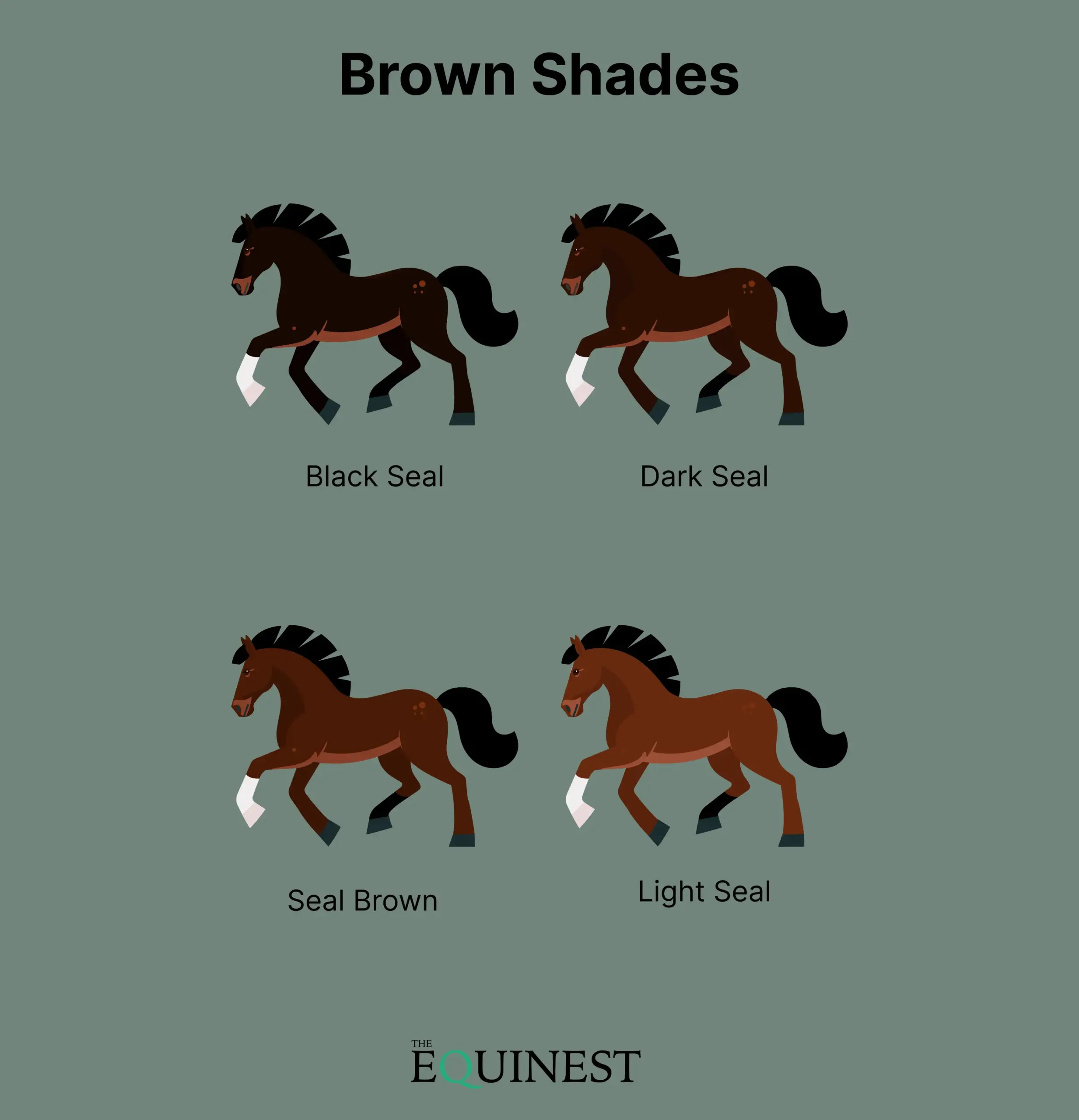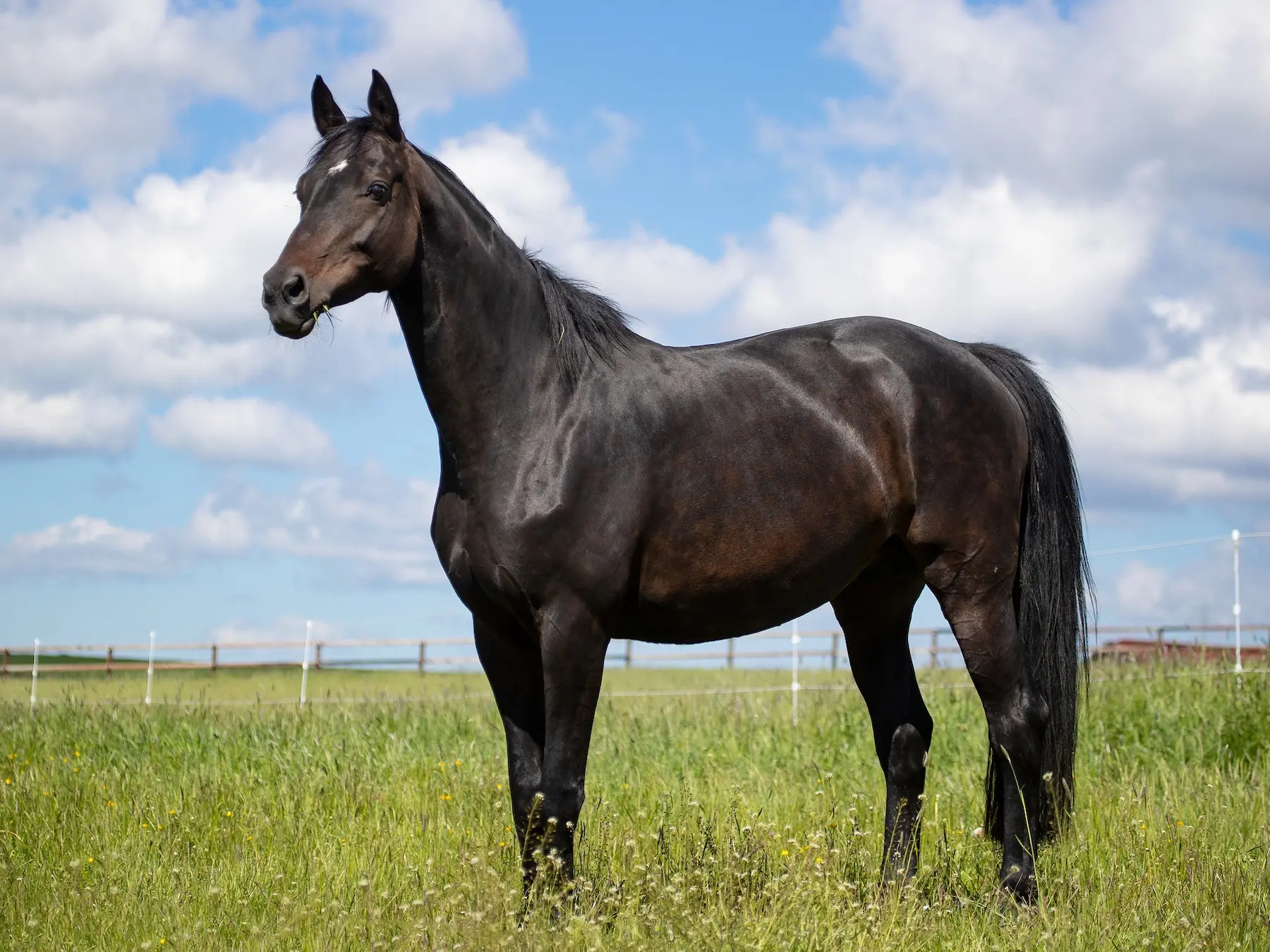
Brown or seal brown is still a bit of a mystery to us. Is it a type of bay? Is it genetically distinct from bay? We aren’t entirely sure. We do know it’s common and has more range than you might think.
Updated Colors
We’ve been giving our colors section a major overhaul, to make the information more accurate and provide better images. Equine color genetics are incredibly complex and some of it still remains a mystery, even for geneticists. We think that is part of the fun.
An Agouti Mystery
In equines the agouti gene controls distribution of black pigment and determines whether an animal will be black, bay or brown. It is a dominant agouti allele that causes bay (and presumably brown) animals by restricting black pigment to the points (legs, mane and tail). They may also have white markings on their face and legs. Unlike bay, browns also grow light reddish hairs in their soft spots (eyes, nose, elbows and flank) in varying degrees depending on the animal/breed. On some coats it is difficult to see a lightened muzzle and on others the light hairs creep up the belly and across the face.
The Range
While there is no ‘official’ range of brown, there do appear to be shades. Like bay, there is actually quite a range from almost black to almost standard bay to a true brown color that bay doesn’t seem to produce. If seal animals get lighter, they would be difficult to visually identify. The UC Davis genetic testing program does not provide a separate test for brown, we assume that means it’s considered a form of bay genetically.
Seasonal Differences
Admittedly we’ve been collecting brown images for awhile and delighted for the opportunity to show how large the brown range truly is. Like many colors, the season can make a huge difference in coat coloration. It’s always interesting to find similar images of the same animal during different seasons. The handsome Oldenburger example below shows how even the time of year can increase the range of brown colors.
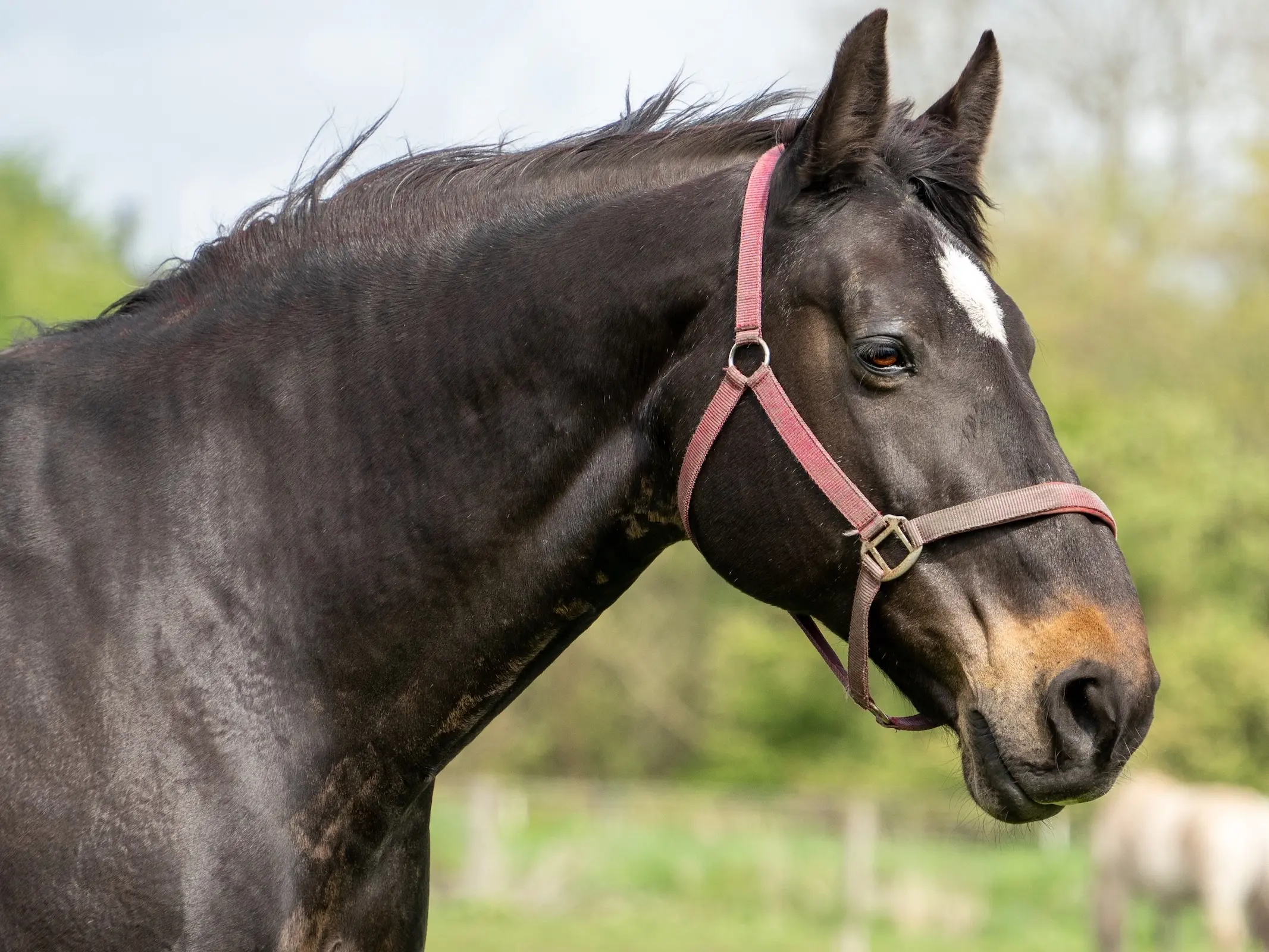
Summer
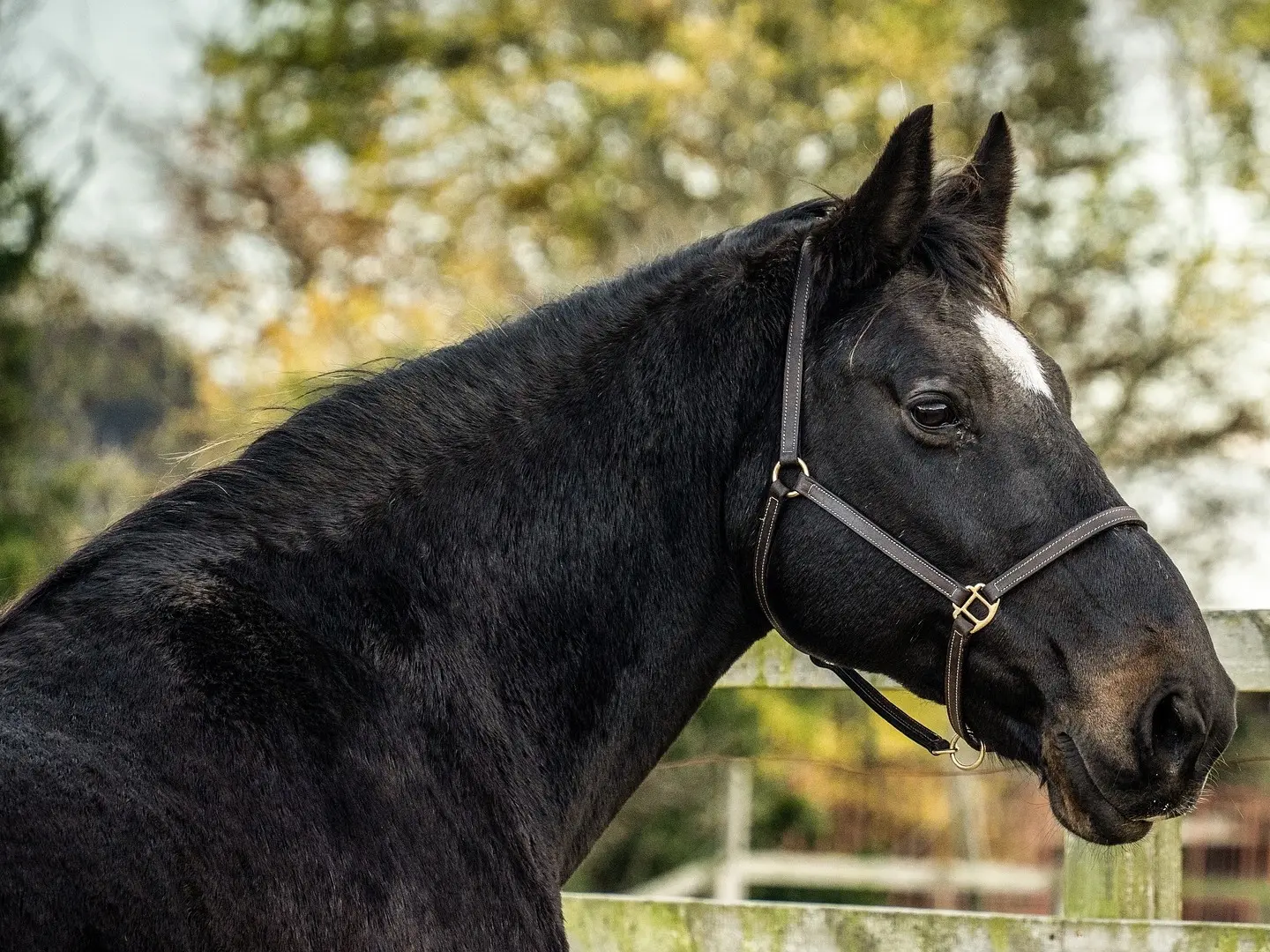
Winter
Black Seal
On a very dark animal the seal soft points can be quite striking in their contrast, generally making them quite easy to differentiate from fading black or mahogany bay.
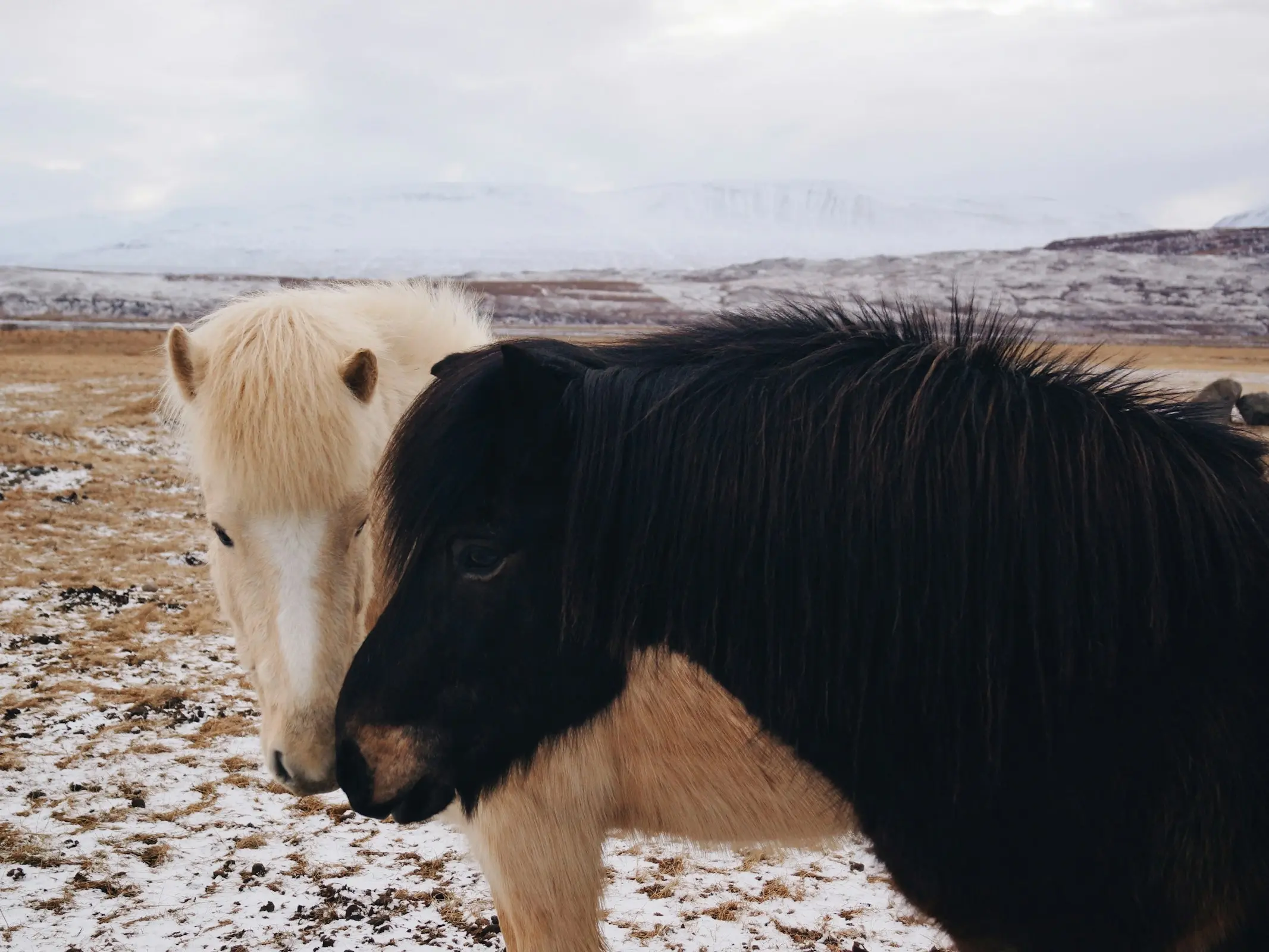
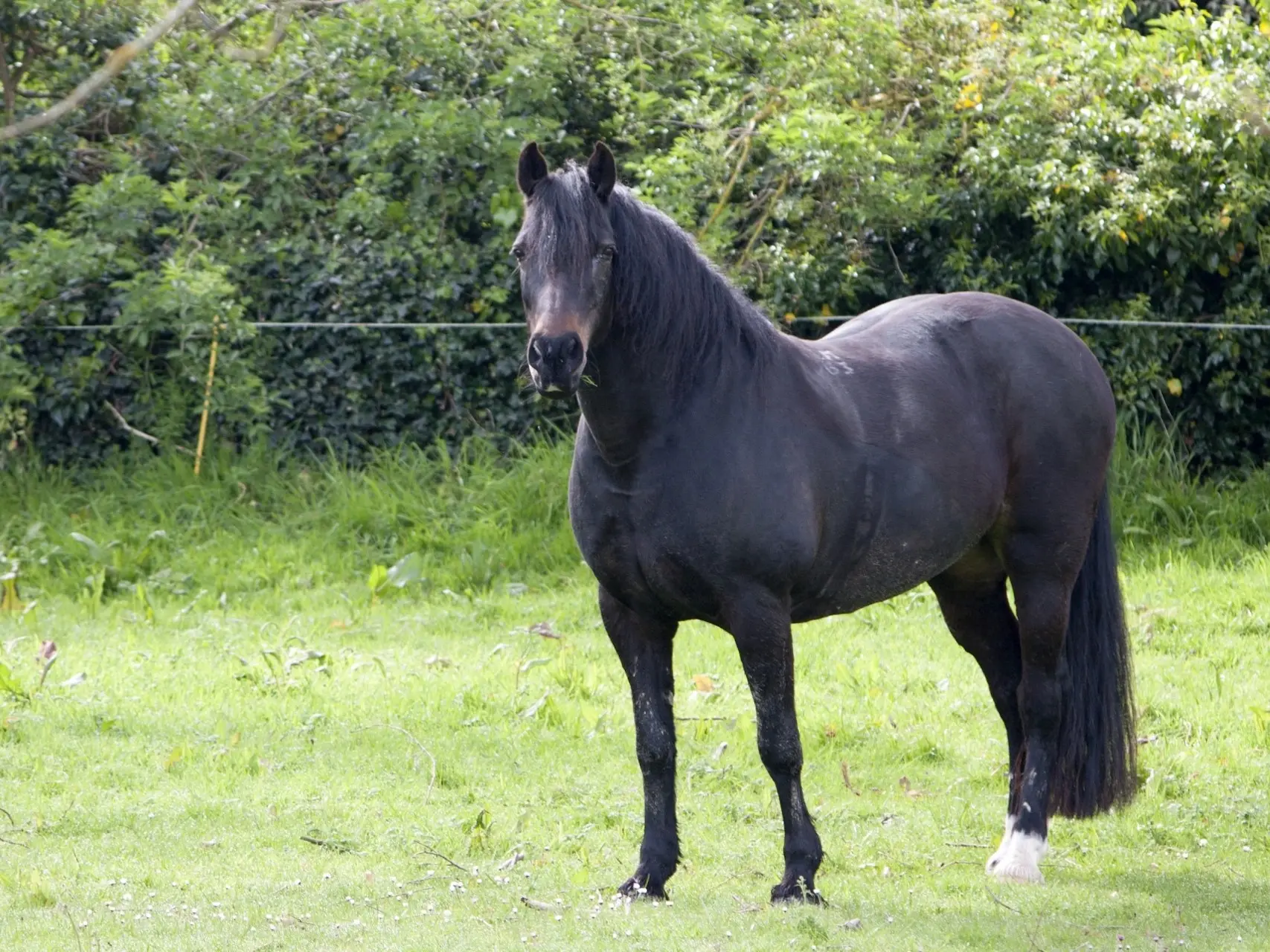
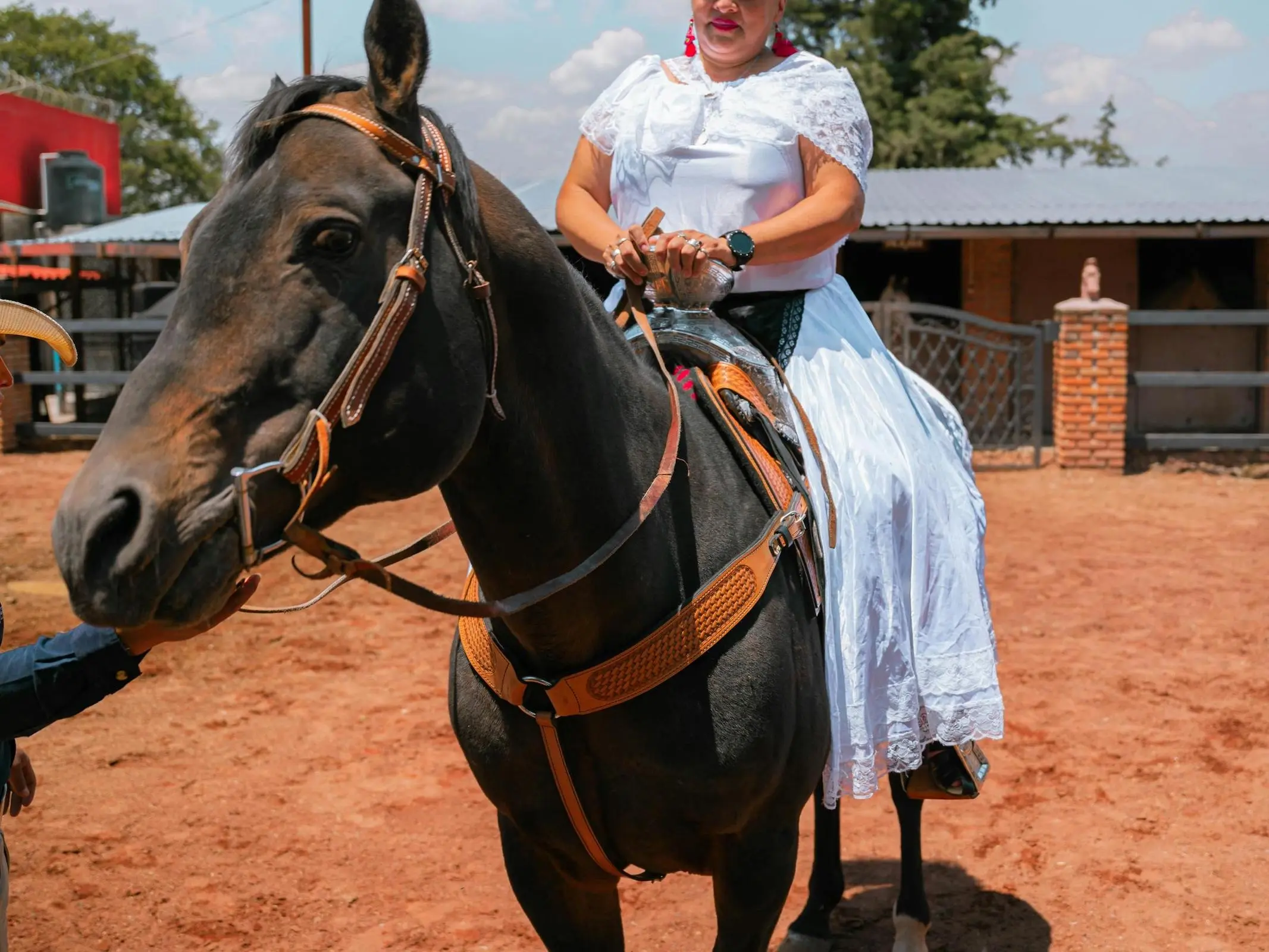
Dark Seal
Dark seal also mimics the coloring of mahogany bay, but are more obviously not black. This coloring is probably most common and what people think of when envisioning seal brown.
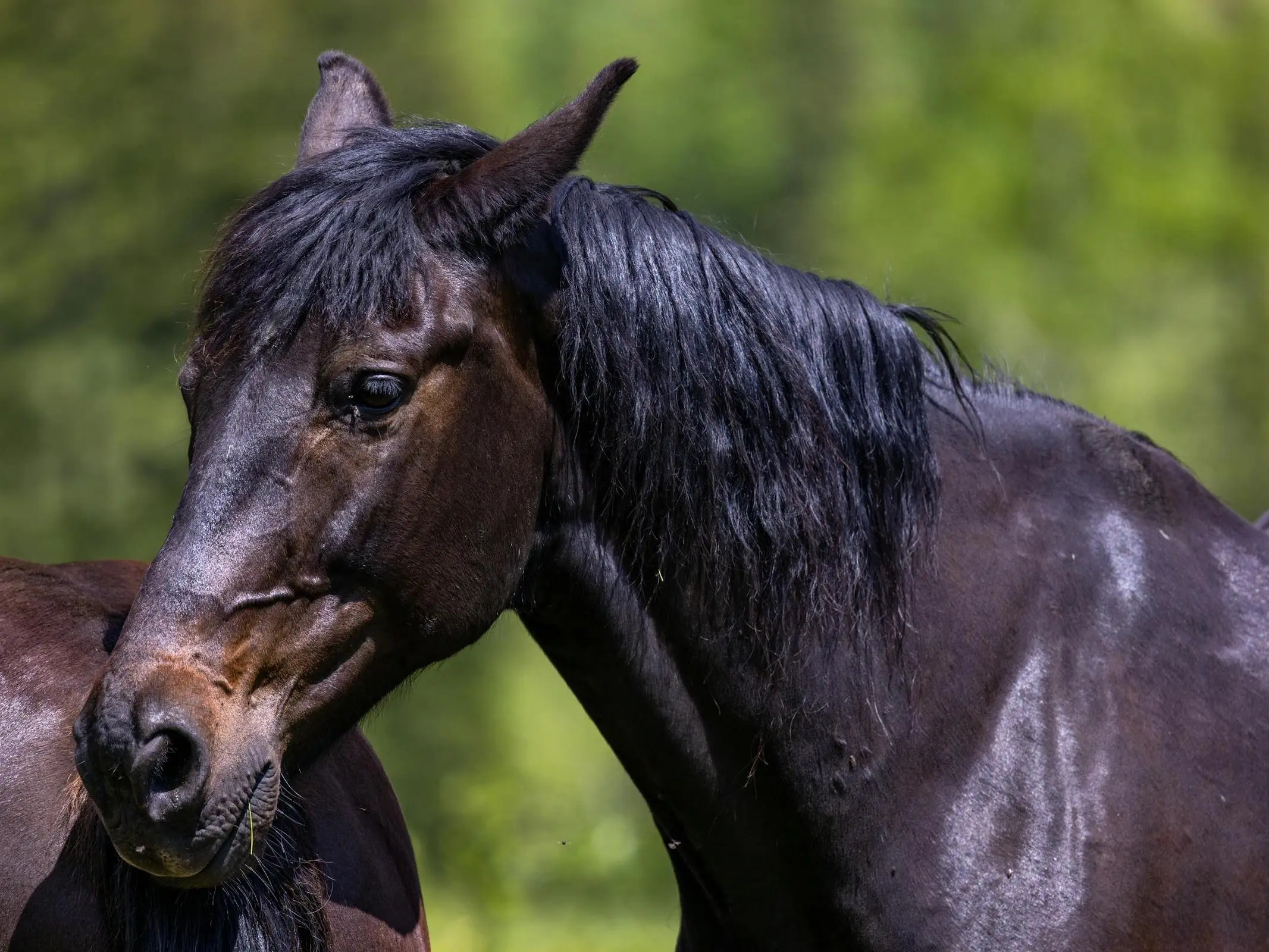
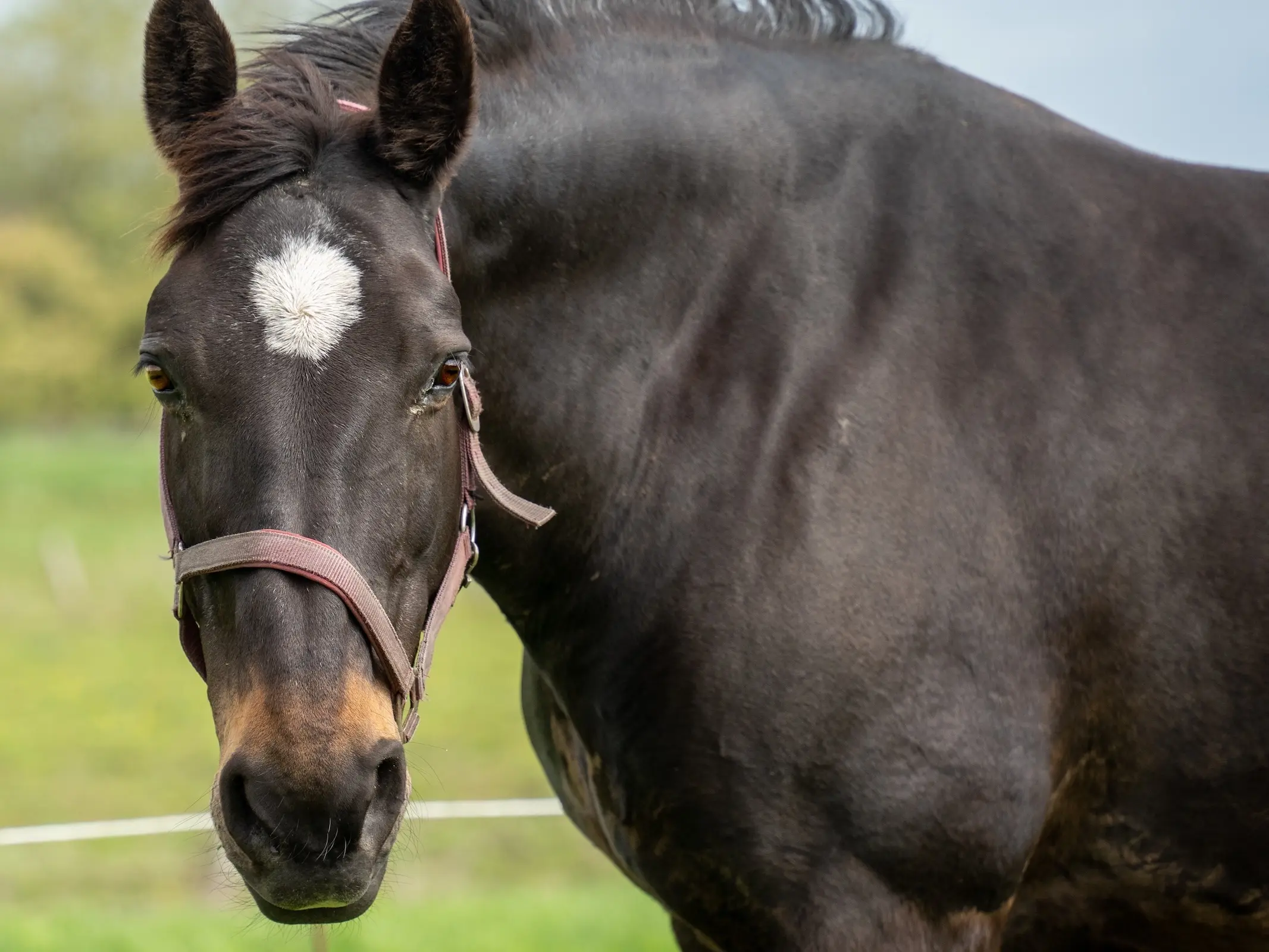
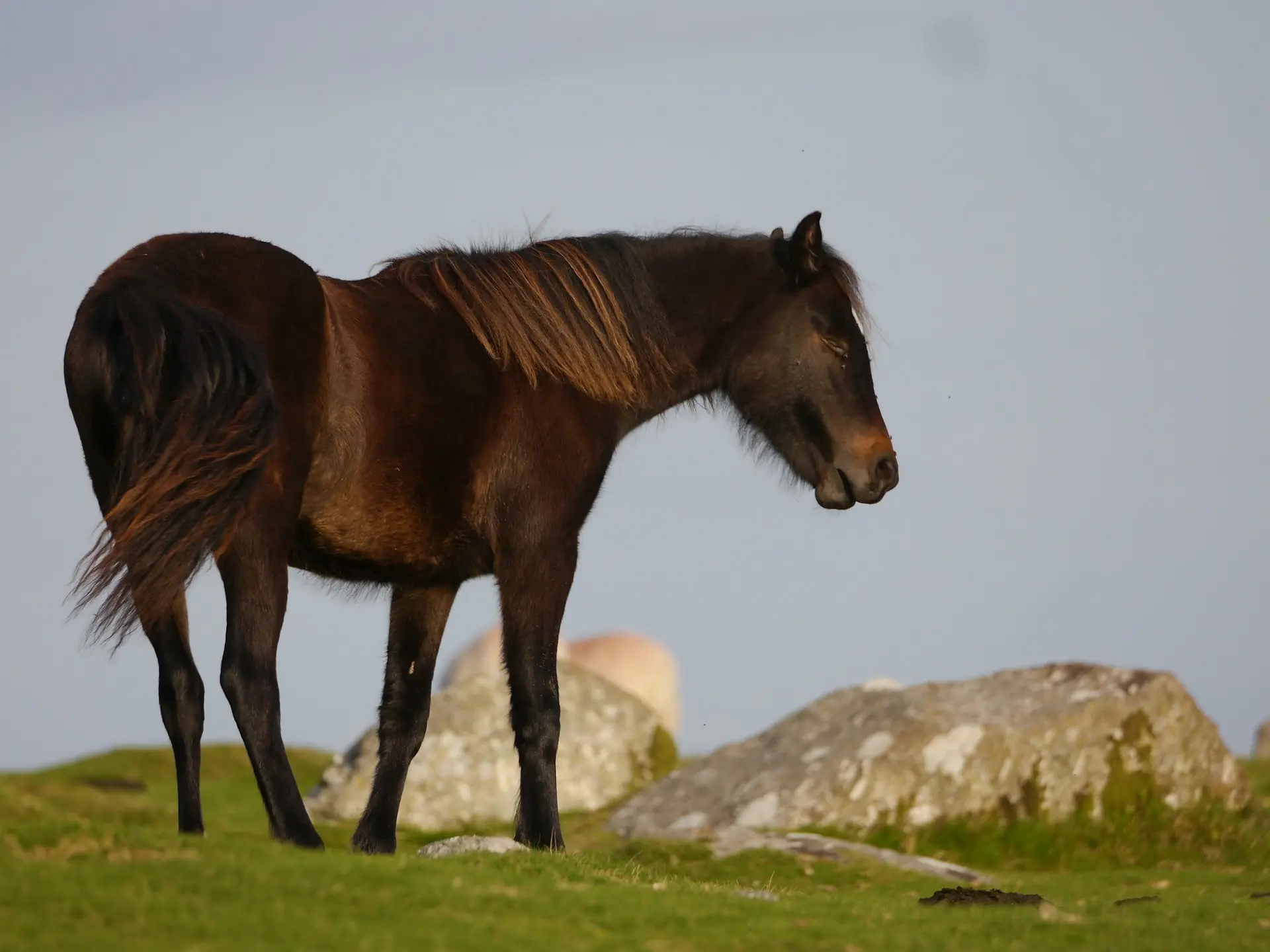
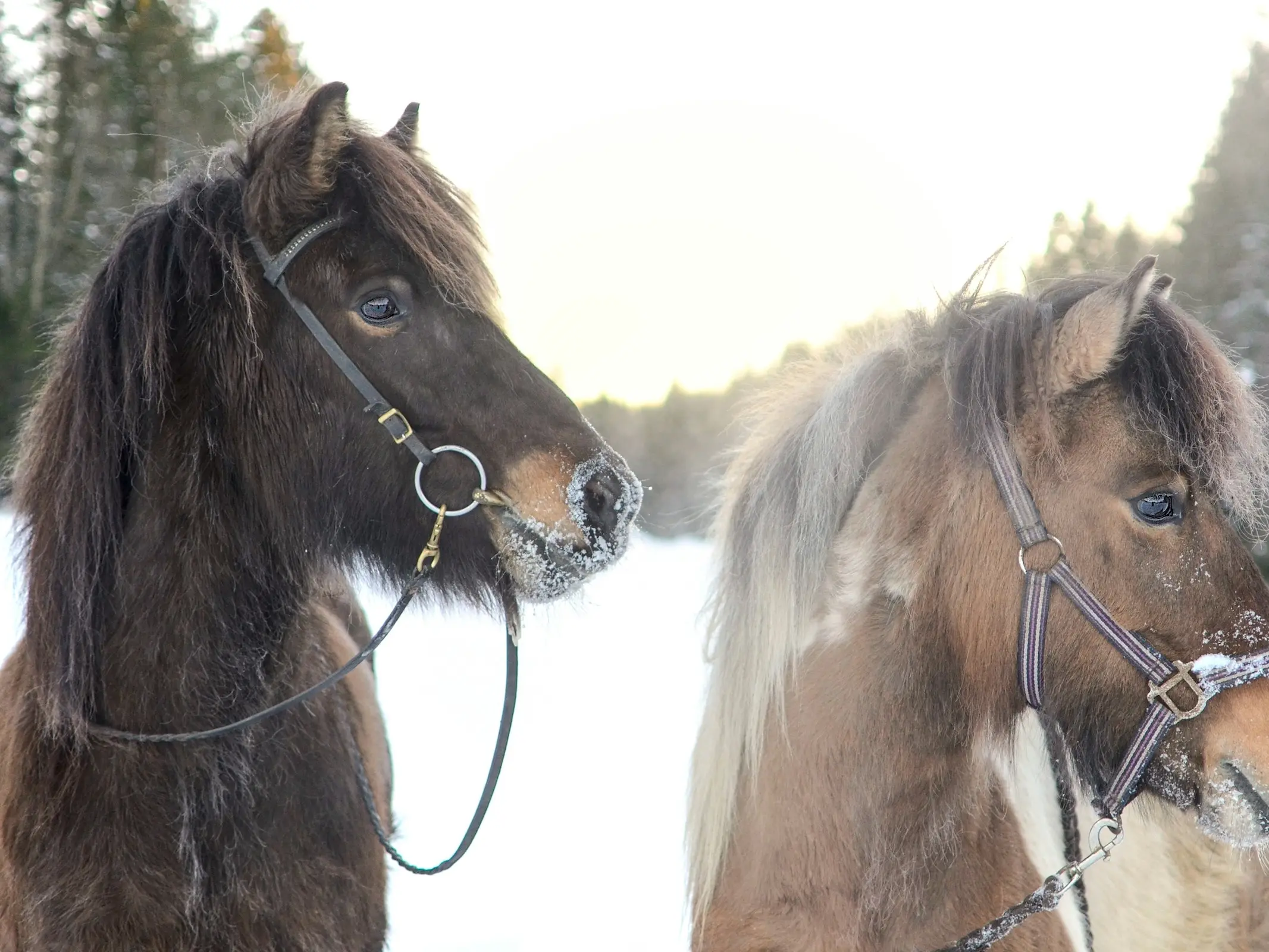
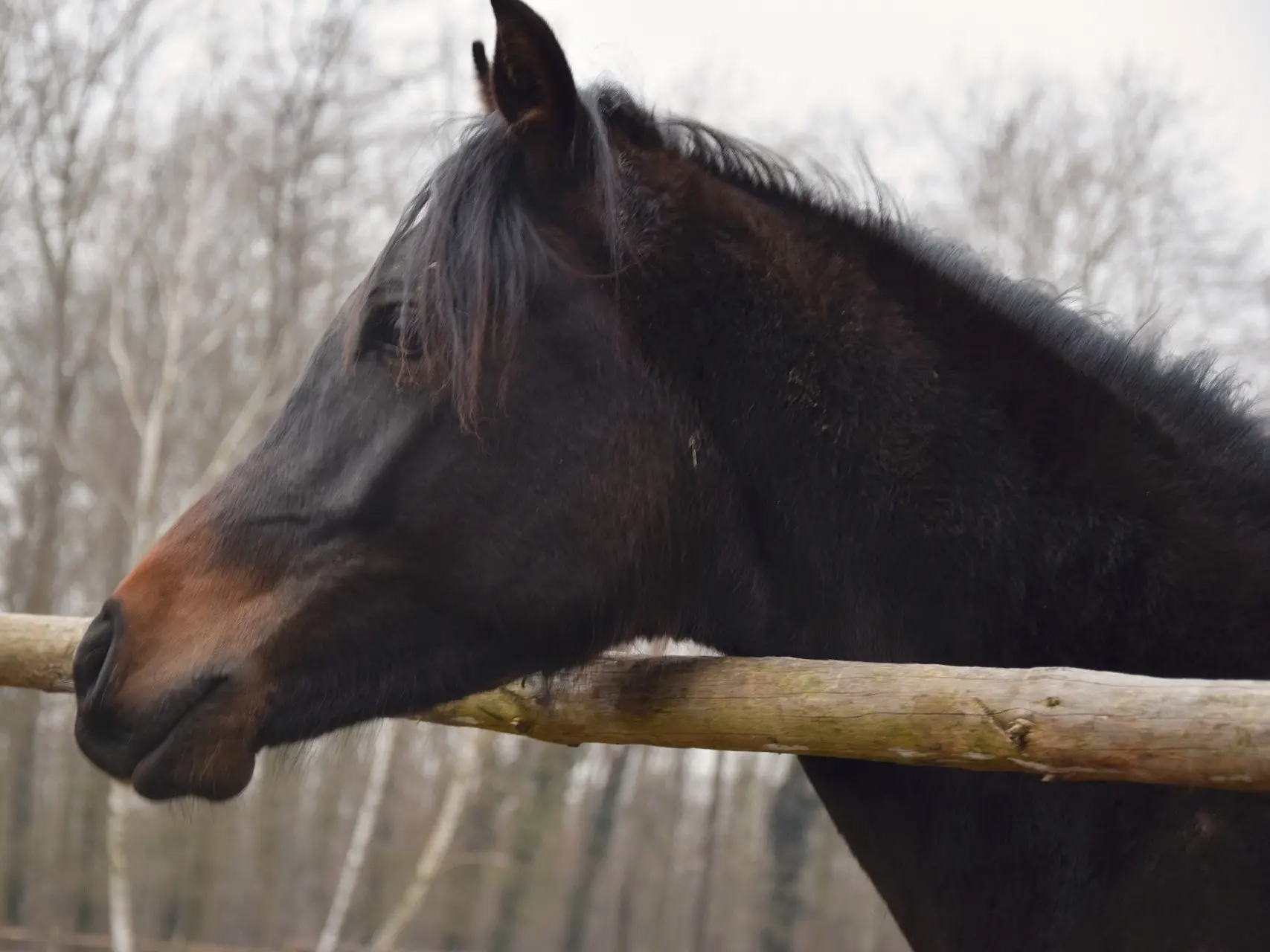
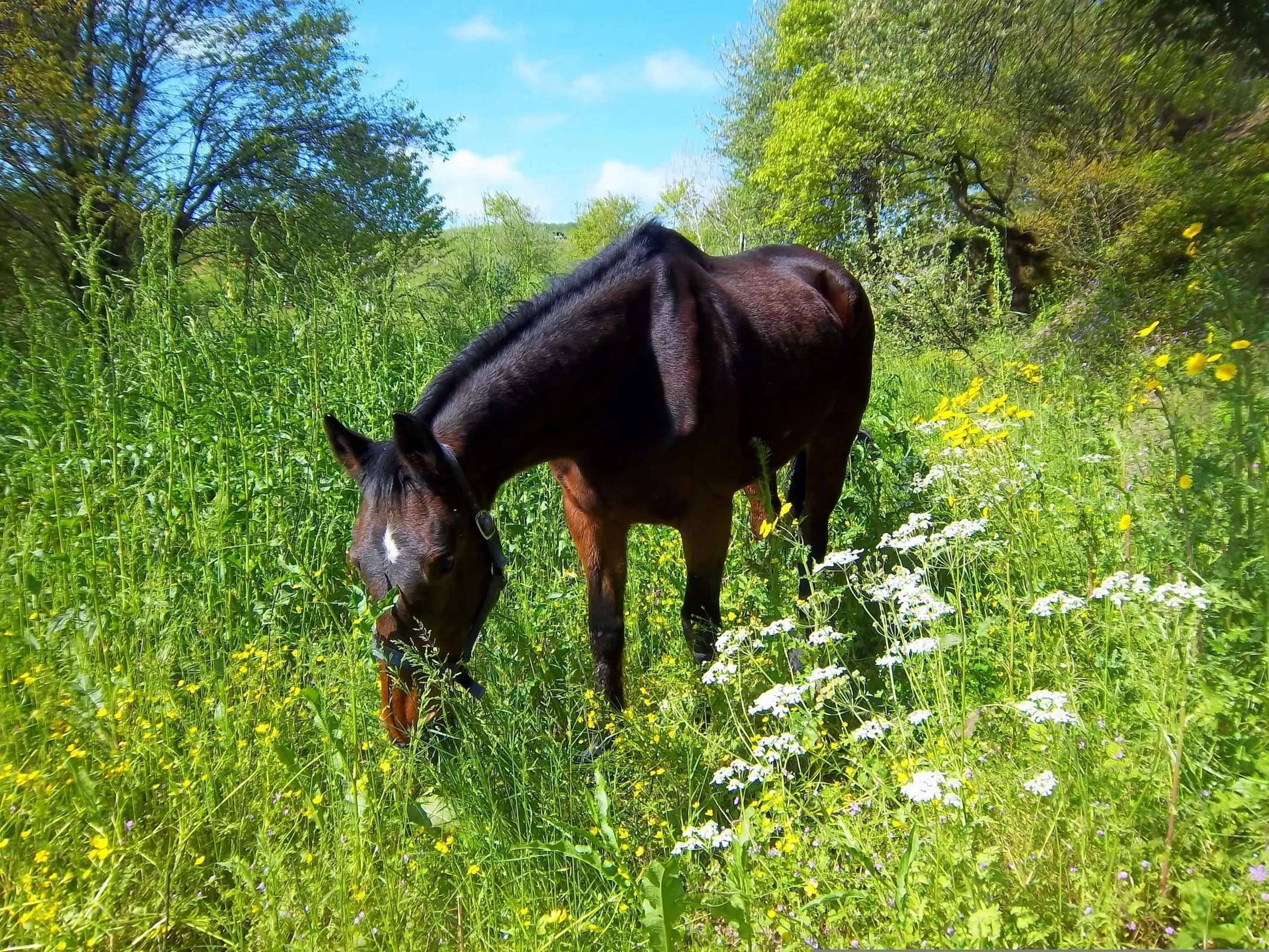
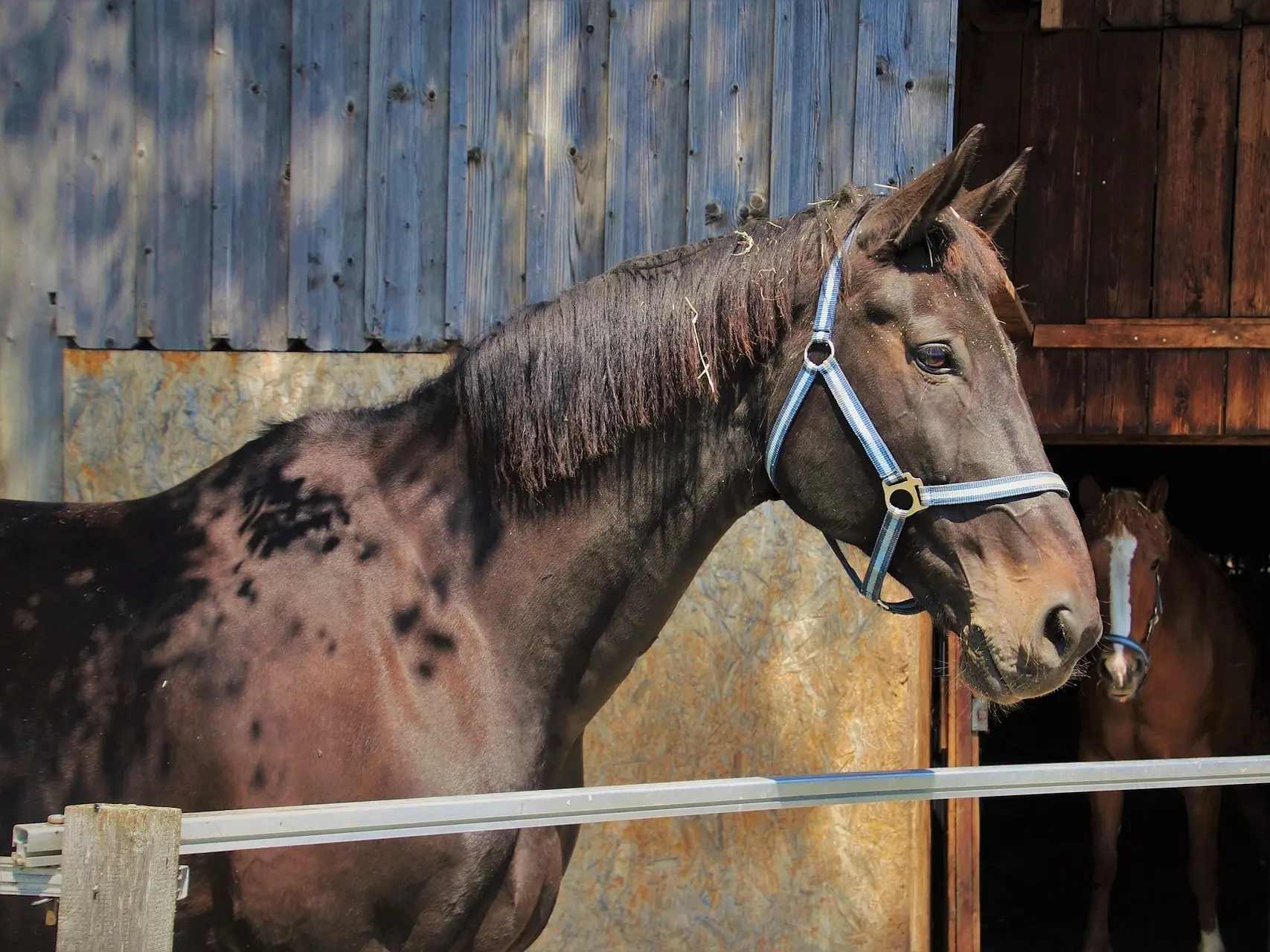
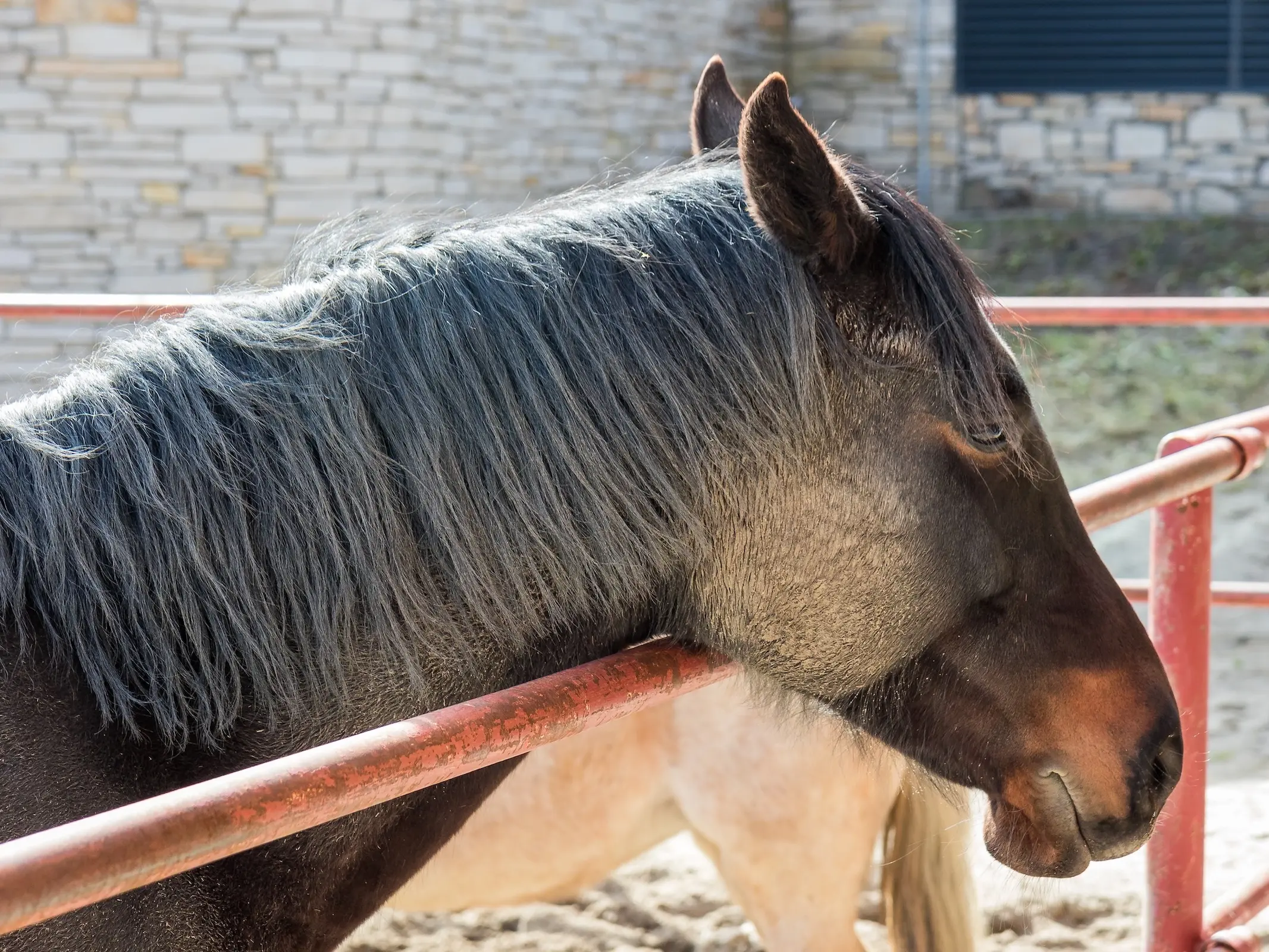
Brown Seal
More similar to a standard bay, some browns truly earn their name. Ranging in color from bay-browns to a flat chocolate brown that we haven’t really seen in bays.
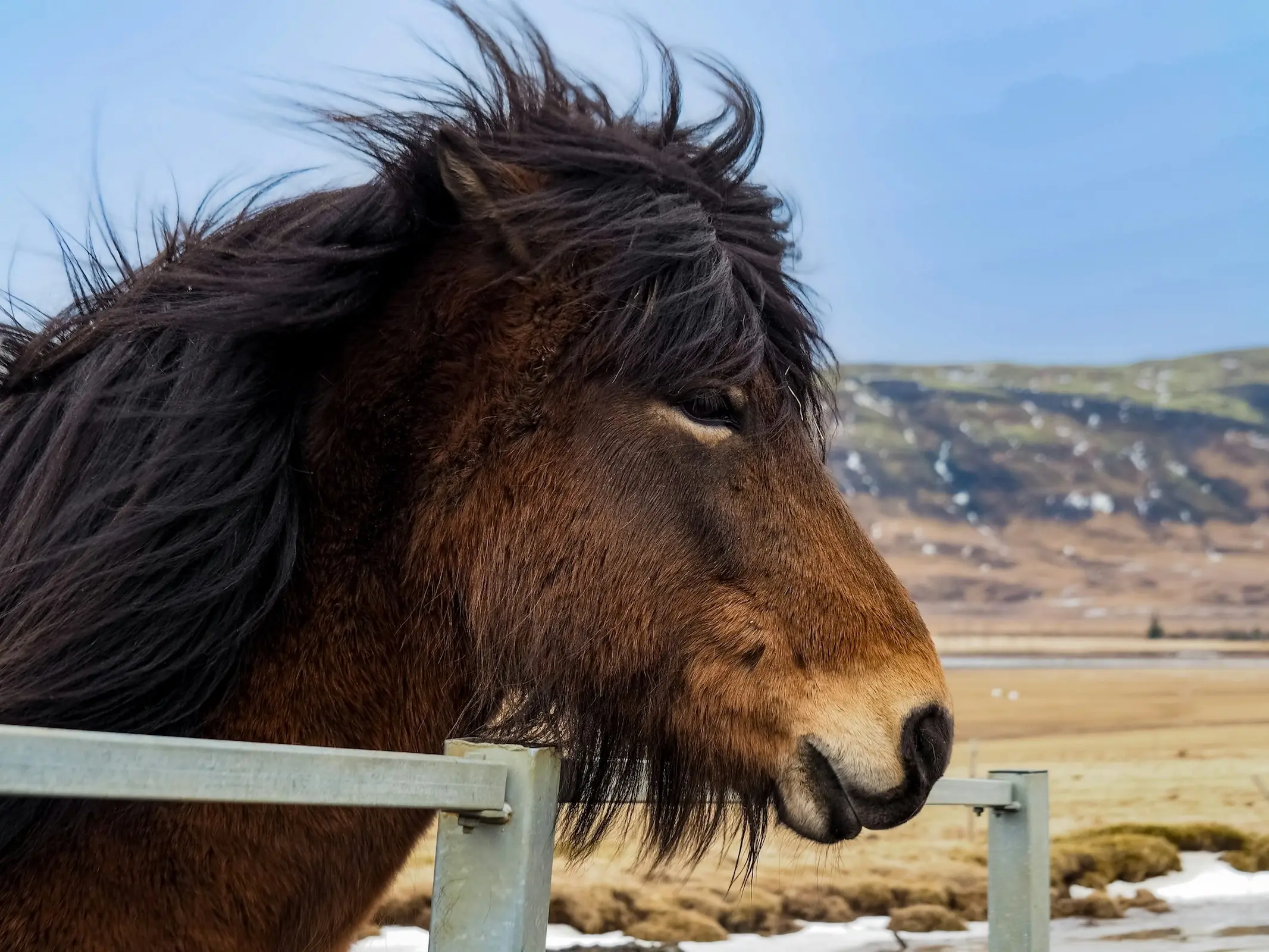
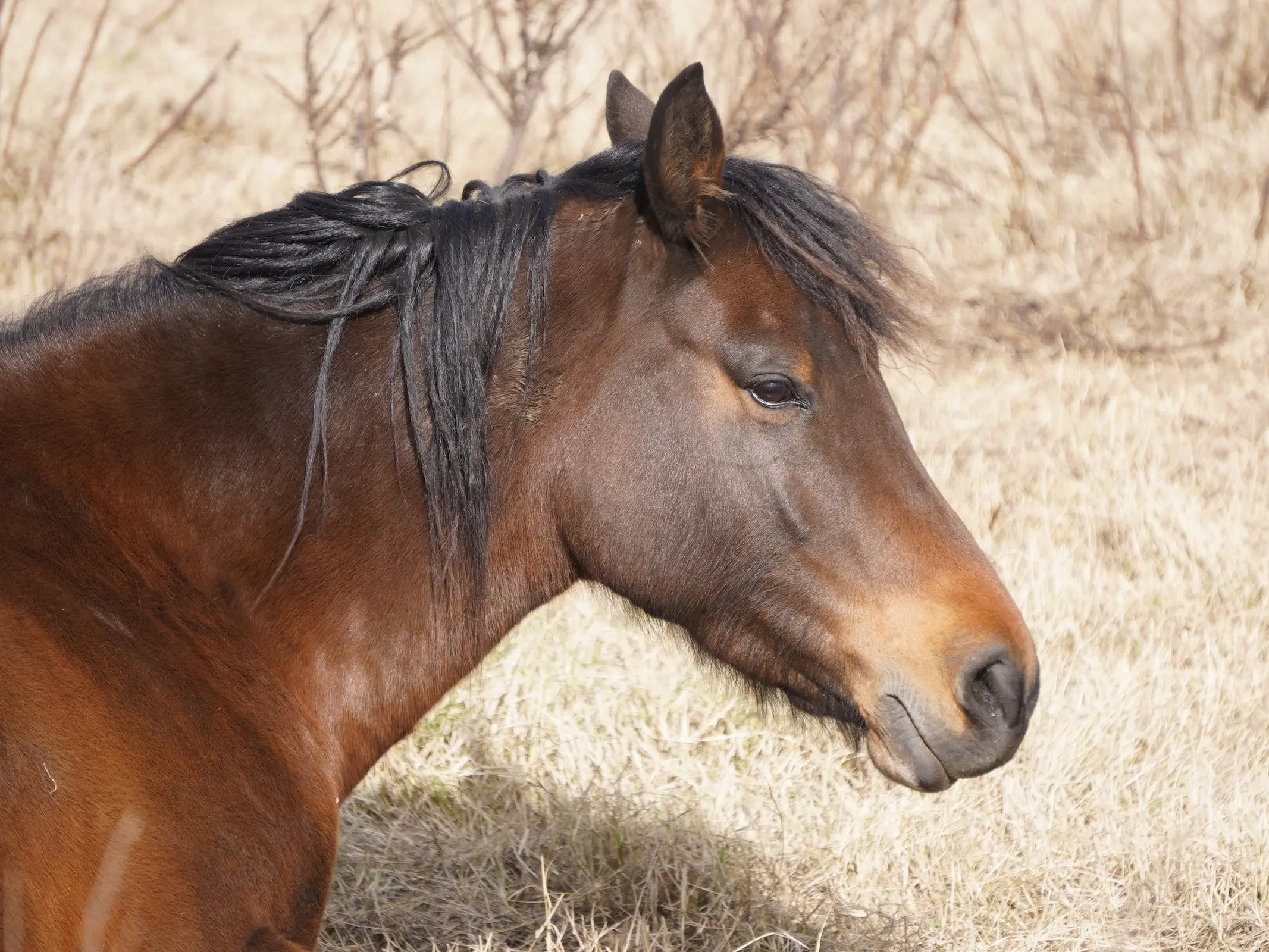
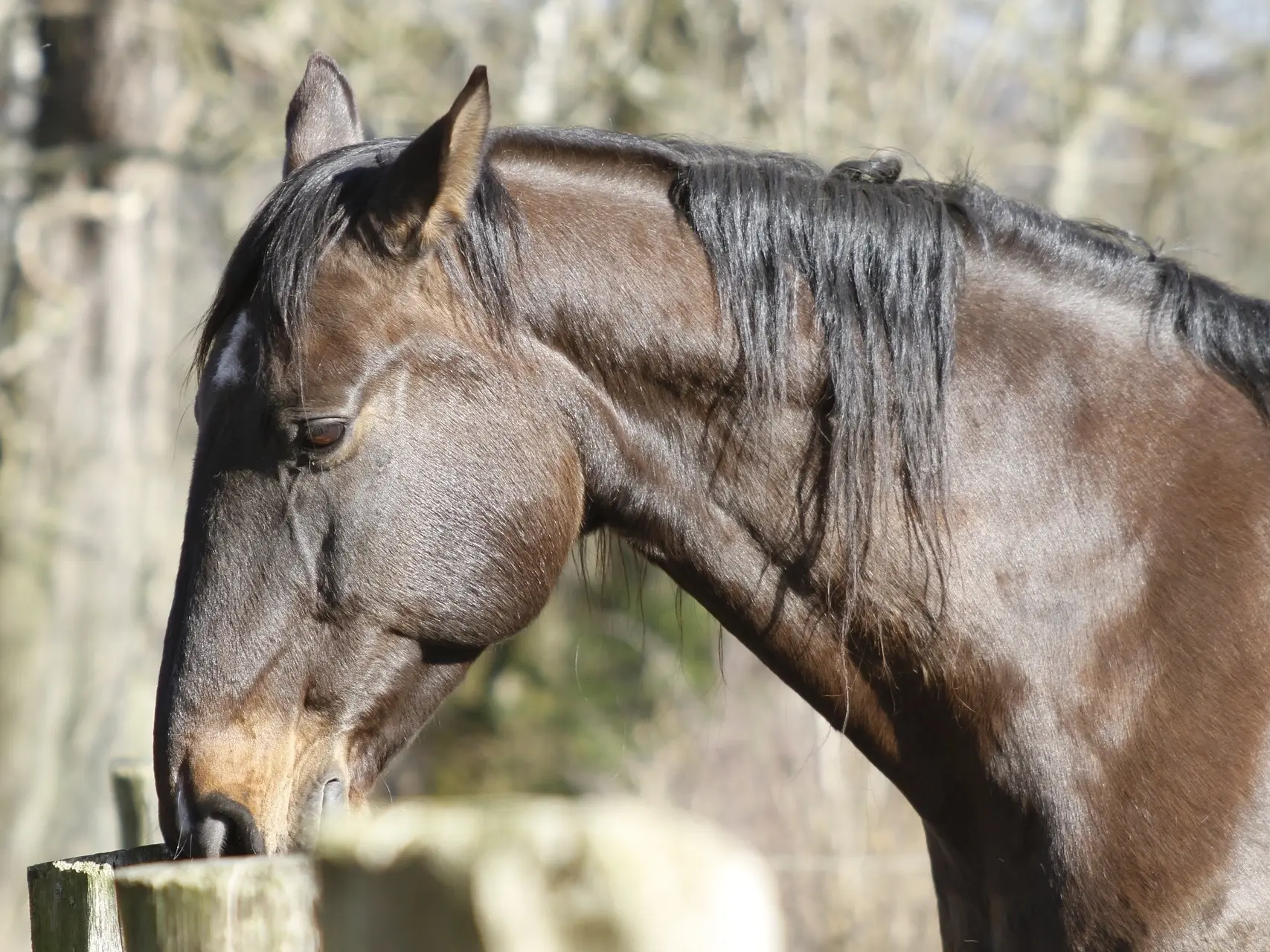
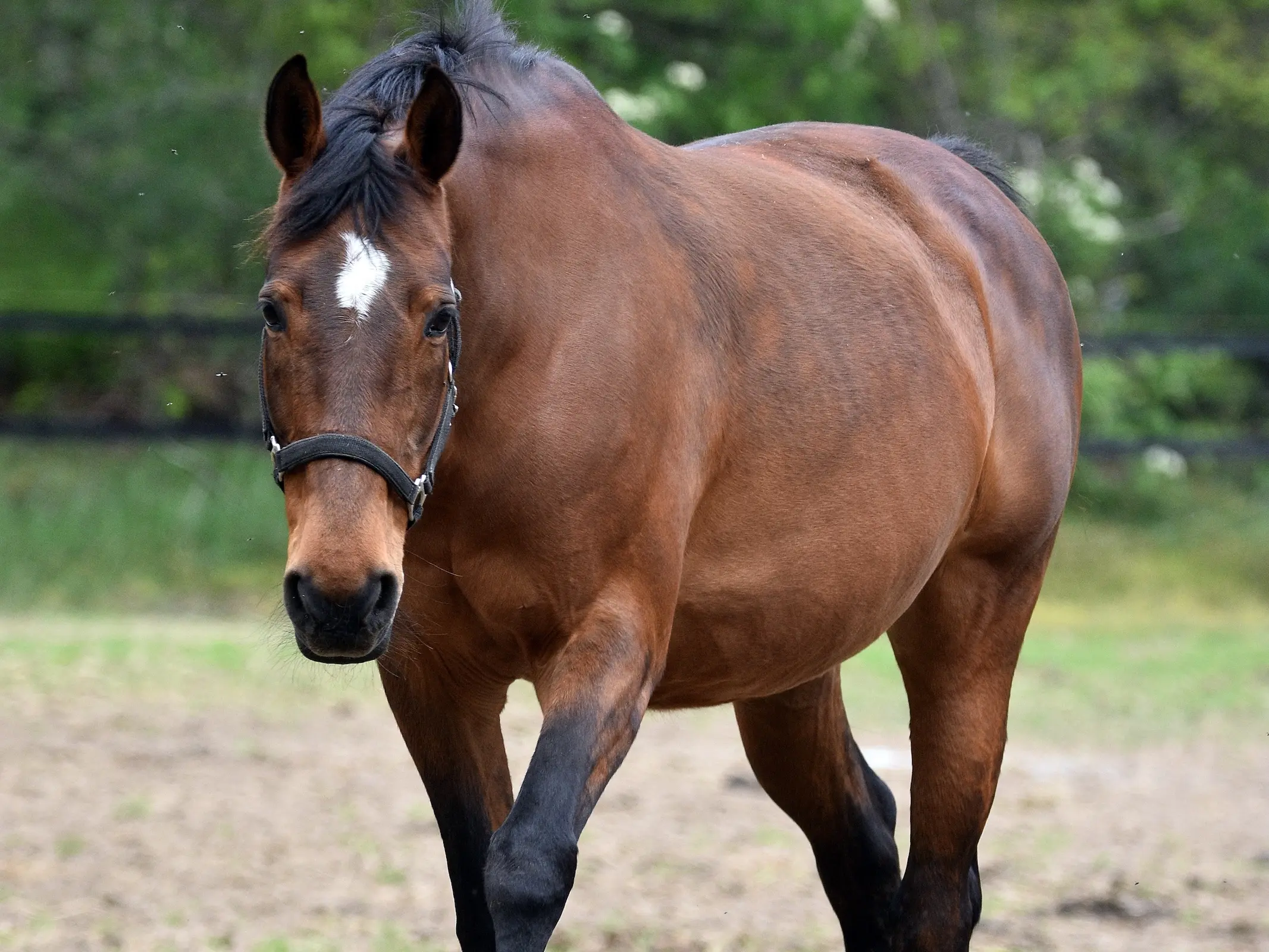
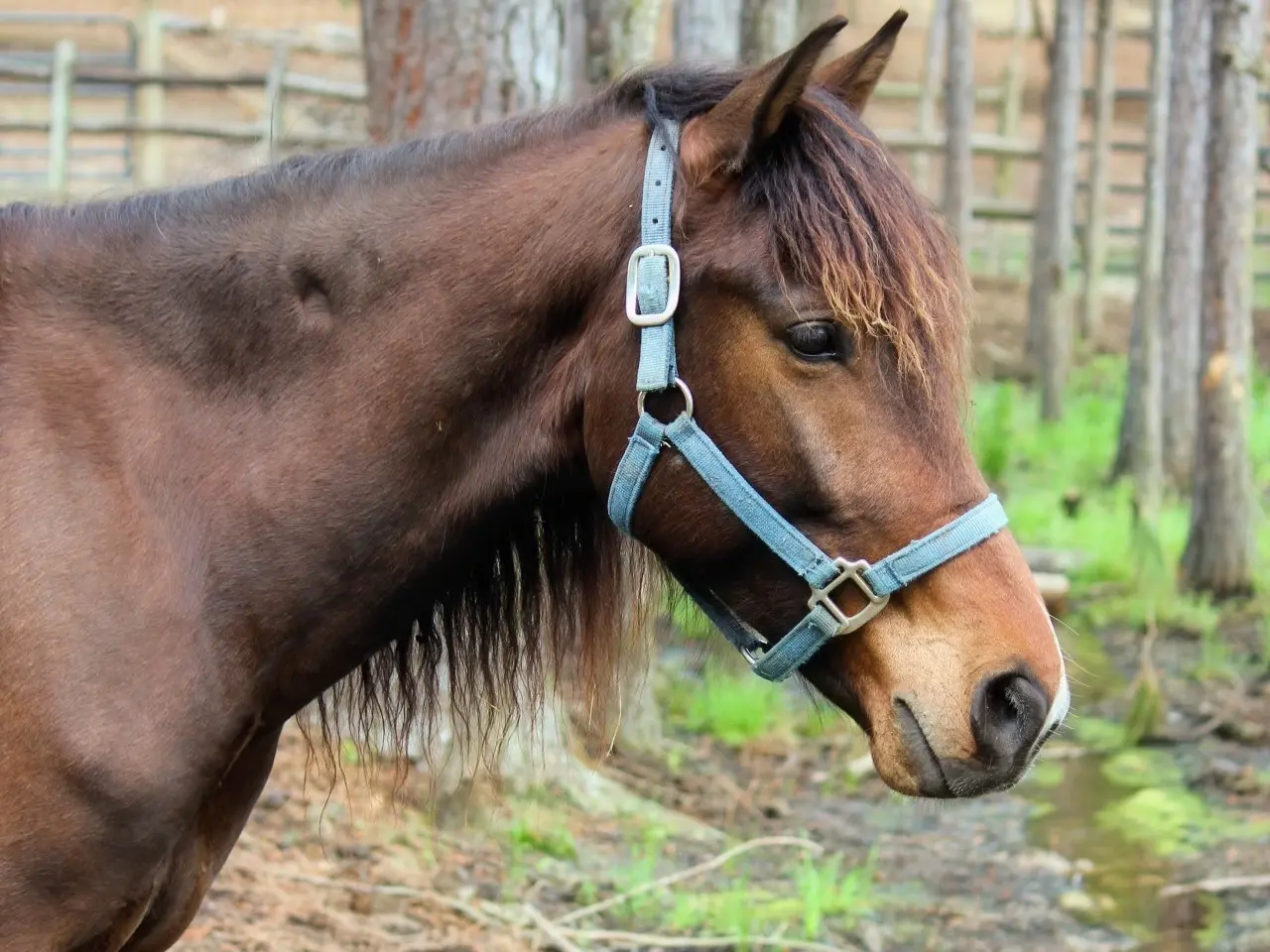
Red Seal
Another striking coloration, some seal animals could easily pass for blood or even standard bay. There is also what looks like a wildtype seal in there (does that exist?).
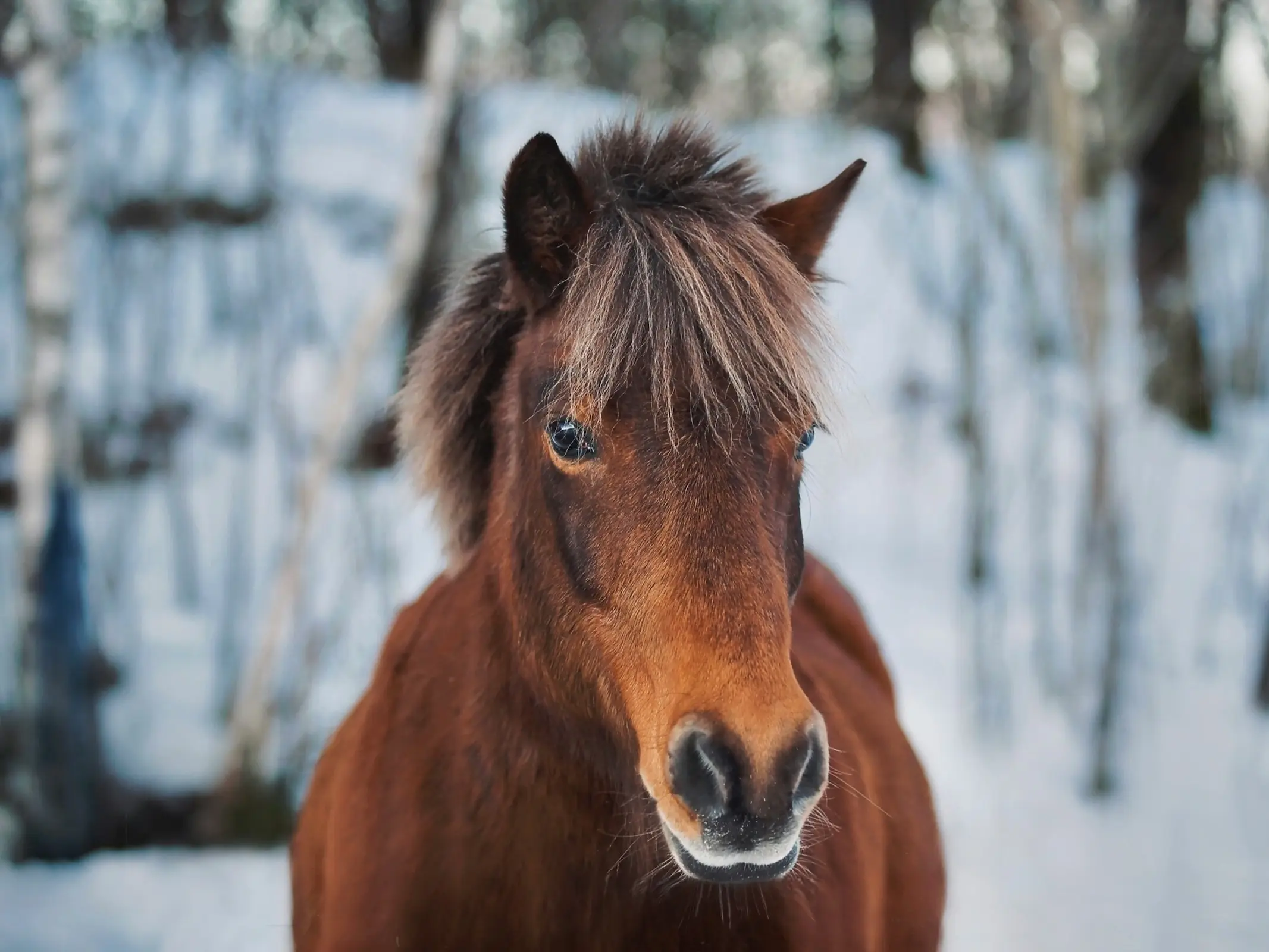
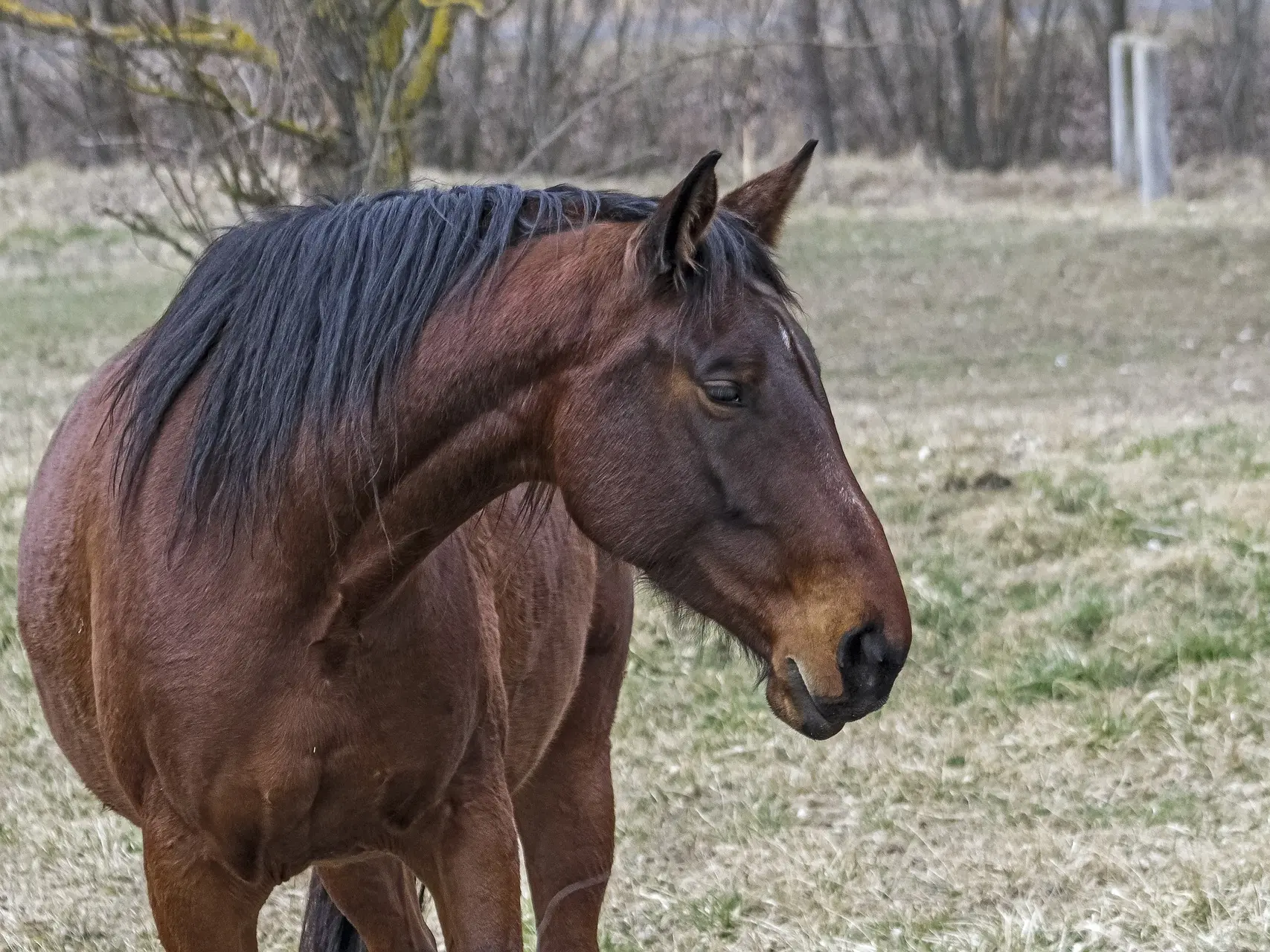
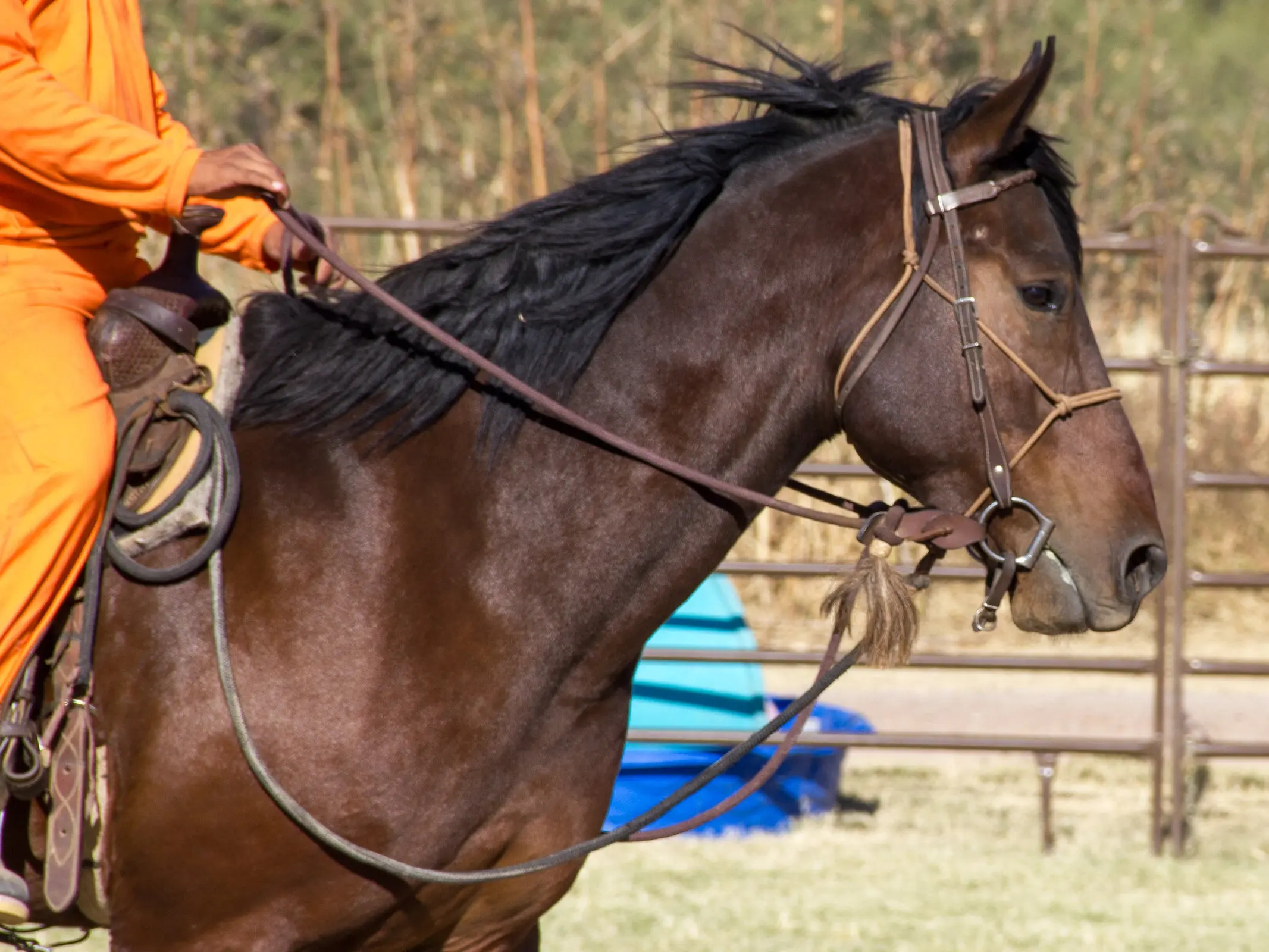
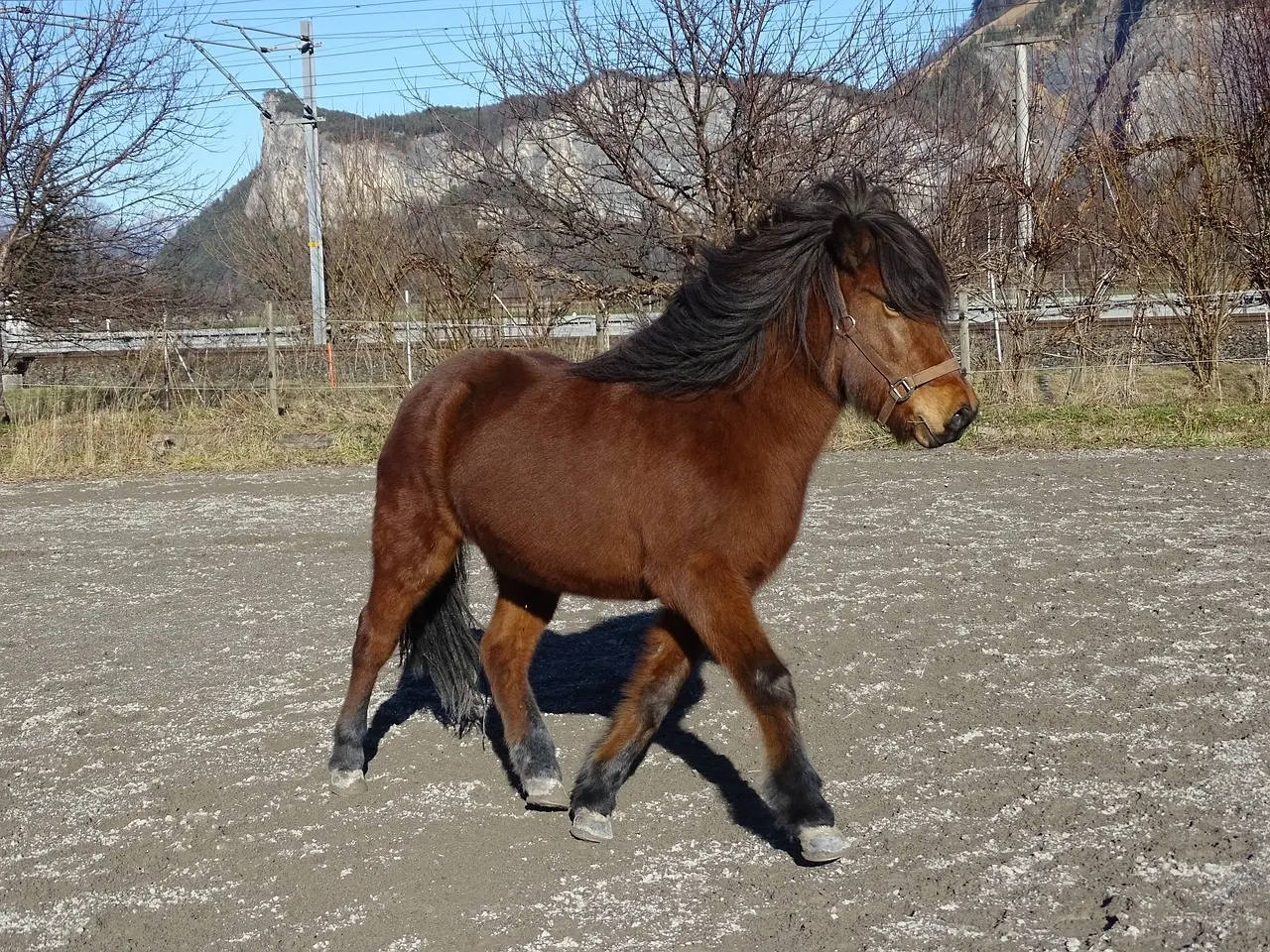
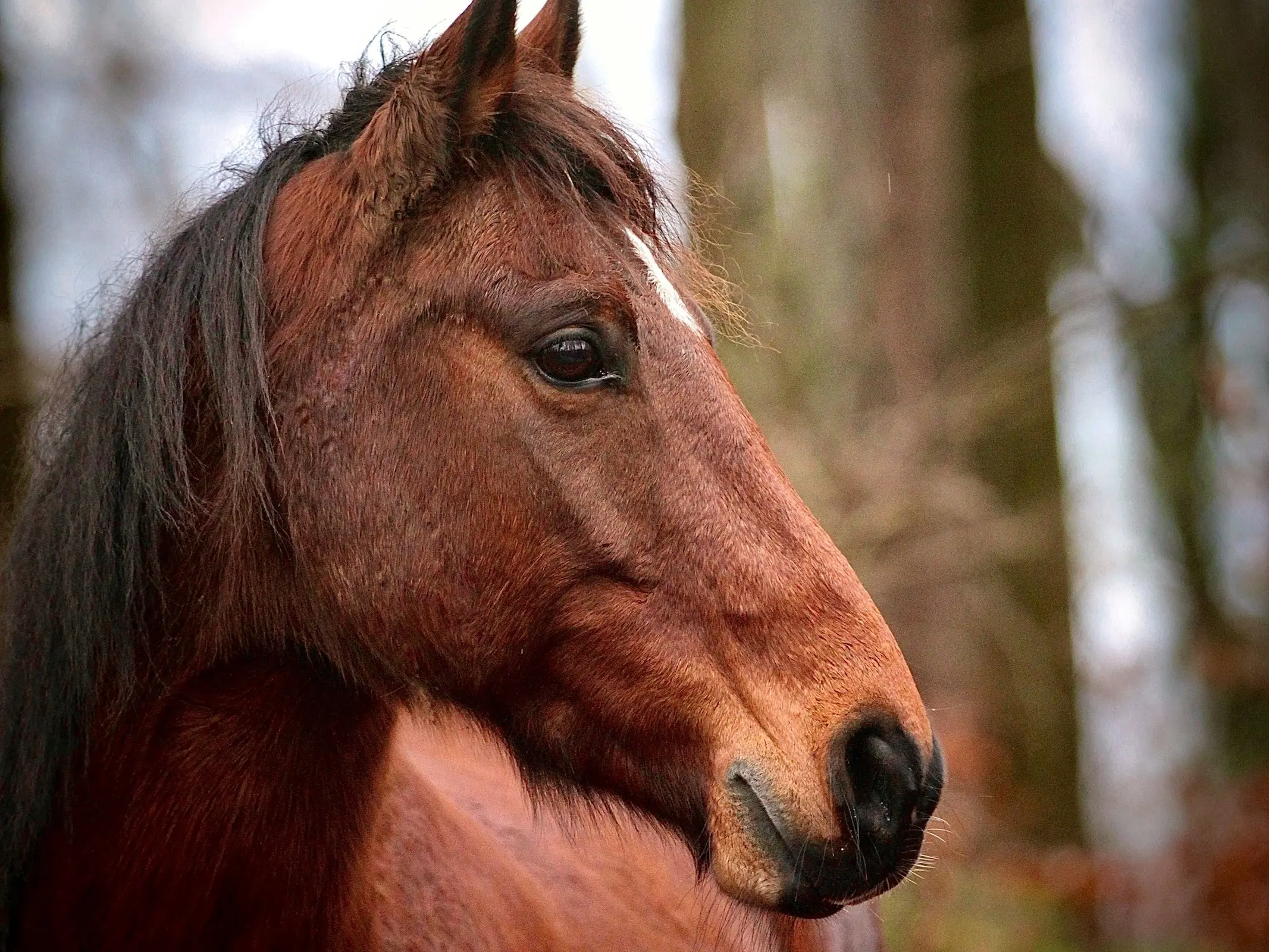
Brown Breeds
Like bay, brown can be found in a huge percentage of horse breeds globally, but there don’t seem to be many breeds dedicated specifically to the color. Because it’s not technically different from bay, many of the bay breeds probably produce seal animals. If there is a genetic difference that produces the lightened soft spots, it seems to be unknown. We’ll keep looking as the site is updated.
Colorful World
The world of horse colors is truly a spectacular one and we will continue to share updated color (and breed) pages, with all of their spectacular images. We’ve been working on some quick color cheat sheets for all of the horse color lovers out there. Click the image below for a larger version.
